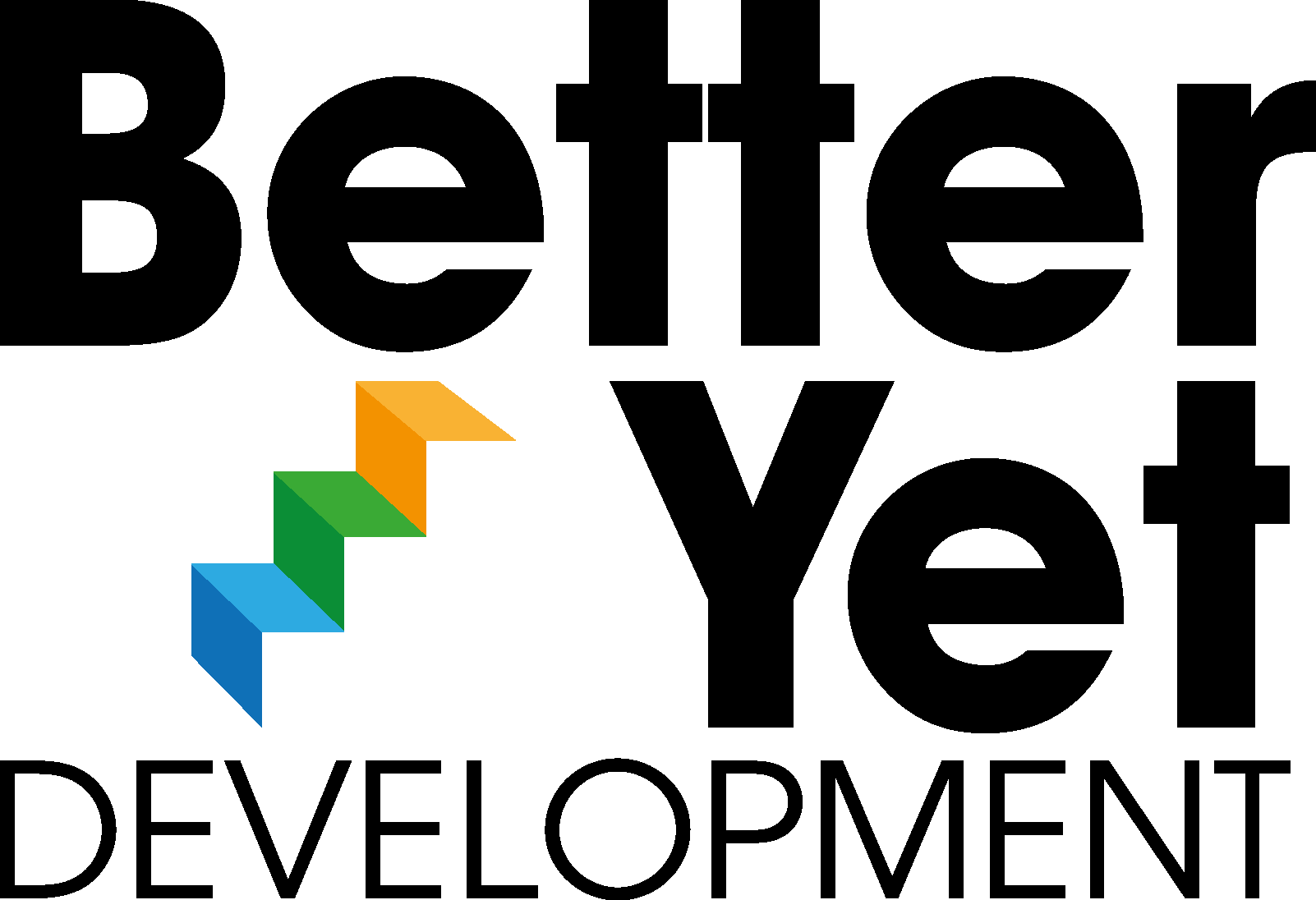A couple of things seem to be happening with teams working remotely for the last year.
Individual connections have weakened. A year down the line, the number of employees feeling disconnected from their team is large and growing.
And despite best efforts, we’re all bored with Zoom meetings.
Here’s a tool that materially helps both of these issues. I first used it face-to-face, but it’s proved invaluable over the last 12 months of remote teaming.
In exchange for 30 minutes or so, perhaps on a monthly basis, you can get your team talking, collaborating and helping each other. You can also freshen up your regular meeting approach and introduce some real energy.
Regular use of the exercise makes it easier for team members to ask for help, improves listening skills and helps build trust through mutual support.
This is how it works. It’s beautifully simple.
- Give everyone in the team 2 minutes to write down a challenge they’re currently struggling with. It needs to be real and they must not already have a solution.
- Split the team into groups of 3 – you may want to identify the groups in advance rather than rely on Zoom’s automatic group selection. Then allocate your groups of 3 into break-out rooms. When running this face-to-face it’s easy to get the groups to self-select and huddle in corners of the meeting room.
- Over 3 rounds, each person takes it in turn to be the client, whilst the other 2 are coach/consultants. In each round, the client first outlines their challenge and what sort of help they need (1-2 minutes)
- The coach/consultants then ask questions for clarification only. (1-2 minutes)
- The client then sits back and lets the coach/consultants work together to generate ideas, suggestions and advice. (4-5 minutes)
- After a maximum of 5 minutes, the client brings the discussion to an end and shares what was most valuable about the coach/consultants’ discussion.
- Roles rotate until everyone has been the client.
As team leader, you need to be clear on the steps and make sure the groups stick to timings – Zoom enables you to message each of the break-out rooms to remind them that it’s time to switch.
Guide the team members to focus on listening and avoid jumping to conclusions. Explain that the coach/consultants’ role is to provide insights and alternative perspectives that the client may have missed. Provocative questions, which cause reflection could well be more valuable to the client than a gift-wrapped solution. Encourage everyone to take risks and enjoy the process – but at the same time insist that the groups work as “safe spaces” and non-one should share anything they are uncomfortable with.
At the end, reflect on the process as a team. It may be that the first time the coach/consulting is a little superficial and so, less helpful. If that’s the case discuss it and agree what will be different next time.
That’s it. It works. I picked this exercise up from Henri Lipmanowicz and Keith McCandless.
I’ve found over the last year, that it’s helpful to have a supply of tools and exercises to keep things fresh and interesting for teams. Do email me or call on +44 (0)7967 352602 if you’d like to discuss this or other tools.

